What Is Ashtanga Yoga: History, Definition And Benefits

The proverb states that “Yoga is a journey of the self through and to the self.”
Did you know that over 36 million Americans regularly practise yoga, according to recent research?
Finding moments of calm in our busy world might seem like a priceless find. Ashtanga yoga is a disciplined, traditional, and peaceful method that features a rhythmic sequence of postures. Upon entering the mat, we get fully engaged in the essence of Ashtanga, where each breath represents a step towards equilibrium and overall health.
There’s more to this interest than merely a fad in fitness. There is a general desire for a wholistic approach to healthcare. And Ashtanga Yoga stands out in this wave of well-being, providing a disciplined path that unites the body, mind, and spirit.
Now spread out your mat, inhale deeply, and come along on Ashtanga yoga’s soul trip.
Definition
The word “ashtanga yoga,” which has its roots in Sanskrit, signifies wholeness and oneness. Analysing the term shows a complex philosophical framework. Ashta signifies eight, whereas anga denotes a limb or bodily portion.
As a result, Ashtanga represents the synthesis of his eight branches of yoga, resulting in a thorough and all-encompassing methodology that goes beyond the material world.
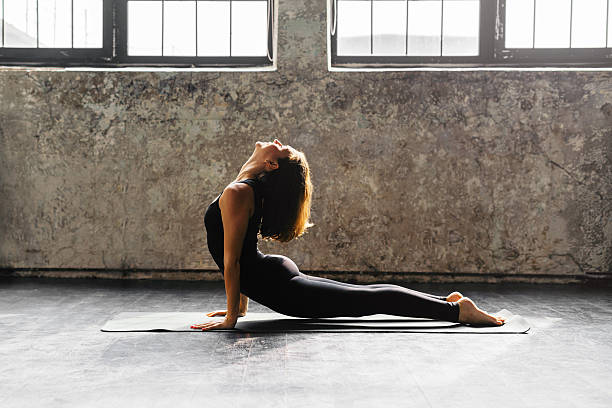
The Eight Limbs of Yoga
The Comprehensive Route Ashtanga’s central tenet is the eight limbs of yoga, each of which stands for a branch of the extensive Yoga Sutras.
The Ashtanga Yoga School’s fundamental limbs serve as a roadmap for practitioners pursuing a wholistic way of living.Let we examine these appendages: Yamas, or Moral Laws, are standards for moral behaviour and interactions with others.
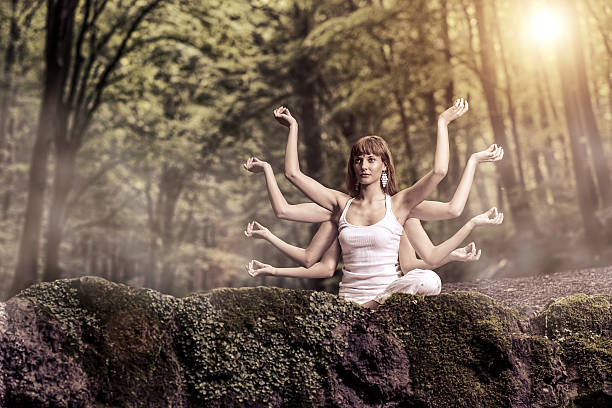
- Yama (Moral Codes): Guidelines for ethical living and interaction with the world.
- Niyama (self-control): Self-Development and Self-Control Exercises.
- Asana (Posture): A posture that promotes physical balance and harmony.
- Pranayama (Breath Control): Breath control exercises, or pranayama, are methods for controlling breathing and boosting energy.
- Pratyahara (Sense Withdrawal): Pratyahara, also known as sensory withdrawal, is the inward turning away from outside stimulation.
- Dharana (Concentration): Focused attention is developed via this practice.
- Dhyana (Meditation): Consistently focusing attention to reach a meditative state.
- Samadhi (Oneness with the Self): Reaching a condition of happy, transcending oneness is known as samadhi, or oneness with oneself.
Ashtanga Yoga Pose Order: A Brief Overview

Ashtanga Yoga classes is a Yoga style with the same poses done in series
In the beginner-friendly Ashtanga Yoga primary series, you’ll embark on a journey of foundational postures, building strength and flexibility with each step on the mat. Learning to do postures in Ashtanga Yoga is similar to learning to dance. Here’s the easy sequence:
Sun Salutations A and B (5 times each): These vigorous activities will help your body wake up.
Standing Pose: 5 repetitions Gain power and equilibrium.
Position: Sit: Go deeper into your exercise and concentrate on yourself.
Upper Class (A, B, C, D): After you’ve gotten the hang of the fundamentals, try the next challenging stance.
Ashtanga is like taking a single step at a time up a ladder. You’re not only exercising with every action. You learn about your mind and body. On your yoga mat, you’re on a path of self-improvement, regardless of your skill level.
History of Ashtanga Yoga
Early in the 20th century, T. Krishnamacharya created Ashtanga Yoga for his enthusiastic His students. student sri k. pattabhi jois did develop the style over the years and is name as the father of Ashtanga Yoga .
Sun salutations and other fast-paced exercises originated from the customs of Indian sumo fighters and gymnasts.Joyce started honing her technique and imparting it to others with dedication and enthusiasm. The purpose of these difficult positions was to purify the body and calm the mind.
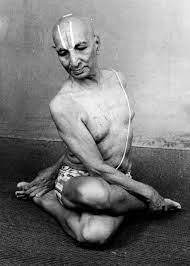
The Ashtanga Yoga Institute, located in Mysore, India, is the hub of Ashtanga instruction. Currently serving as its manager is Mr. R. Sharath Jois, the grandson of Pattabhi Jois, who is regarded as the foremost Ashtanga expert. Hot yoga, flow yoga, and power yoga are just a few of the many variations of the practice that have been made famous worldwide by well-known instructors like David Swenson, Kino McGregor, and Richard Freeman.
To put it briefly, Ashtanga Yoga was started by a single student who was dedicated to the practice, developed in Mysore, and is currently being taught by enthusiastic instructors all over the world.
Key Principles and Practices
You are going to discover a universe of essential ideas and techniques entwined to support mental and physical well-being as you begin his yoga journey. Together, we will unravel these essential elements that form the cornerstone of an effective Ashtanga practice.

Ujjayi Pranayama, or Victorious Breath: The skill of Ujjayi Pranayama is the main emphasis of Ashtanga practice. Slow, audible breaths are used in this unique breathing method for several objectives. It increases body temperature, gives the practitioner energy, and sharpens focus. As the practitioner continues on their path, more advanced pranayama methods are presented. Yoga Chikitsa, the healing power of Ashtanga Yoga, gently guides practitioners through a therapeutic journey, restoring the body and mind with each intentional breath and posture.
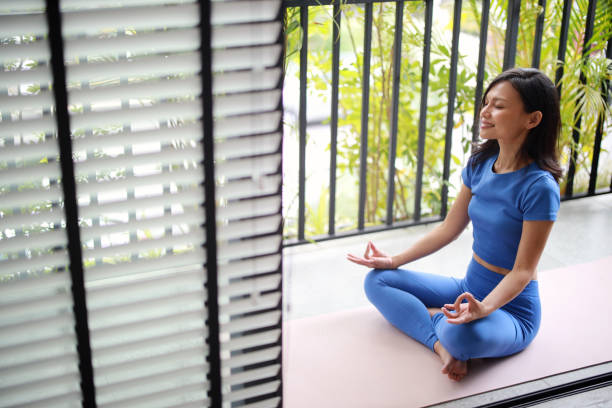
Drishti – Concentrated Gaze: The practitioner of yoga is directed to maintain a specific level of concentration, or drishti, in each asana. There’s more to this deliberate attention than meets the eye. Enhances focus and transforms practice into a contemplative activity. The eyes turn into an instrument for mental correction.
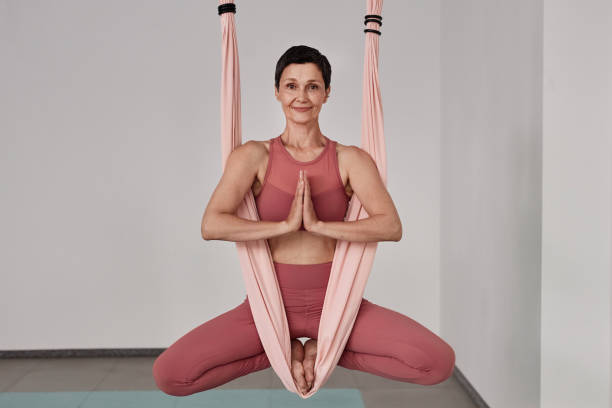
Vinyasa – Breath Synchronisation: Vinyasa, the dynamic synchronisation of breath and movement, is the beating heart of Ashtanga. Breath guides the harmonic dance as each position transitions seamlessly into the next. This rhythmic flow encourages movement meditation in addition to enhancing the physical component of the practice.
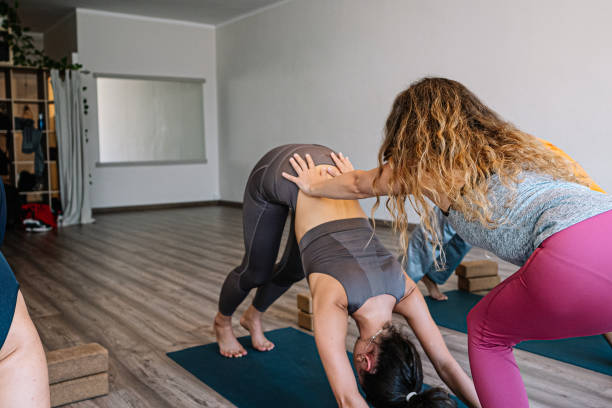
Bandhas – Energy Locks: Throughout the workout, it is recommended to activate your body locks, also known as bandhas. The pranic energy generated during practice is contained by means of these internal muscle locks. In addition to being a source of energy, bandhas also support core stability and offer a firm base for a range of poses.
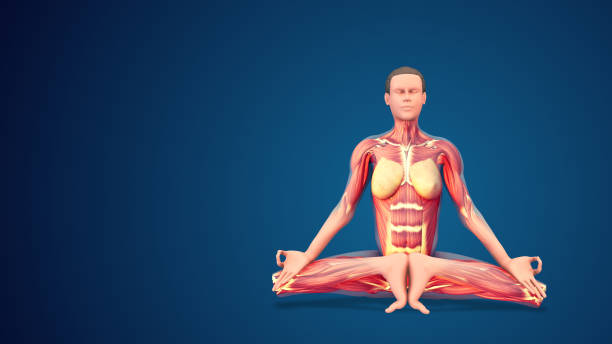
Every Day Practice – Six-Day Schedule: Ashtanga Yoga emphasises consistency, and a six-day weekly practice is strongly advised. You may take a mental and physical break on Saturday. Furthermore, practitioners mark the “lunar days” of new and full moons, which they view as rest days. Women who respect their bodies’ natural cycles typically steer clear of activity during their periods.

Purpose and Benefits of Ashtanga Yoga
At first glance, Ashtanga Yoga can seem like a sequence of strenuous physical exercises, but upon closer inspection, you’ll find that it provides mental clarity, awareness, and wholeness. You’ll find a trip that is meant to nourish you and transform. contentment.
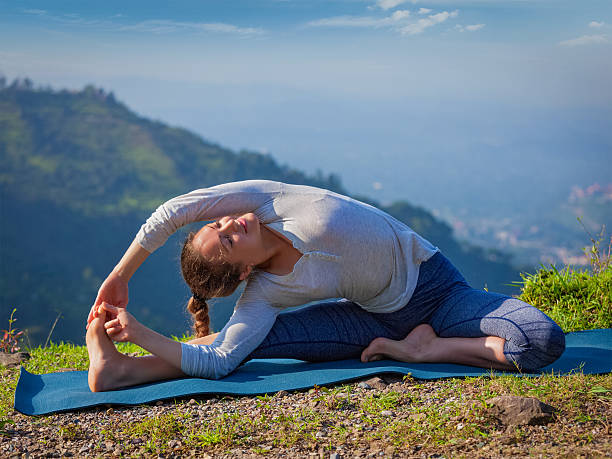
What then is the intent of the potent series and what are the advantages of Ashtanga?
Shattering Obstacles Ashtanga Yoga’s rigorous physicality releases emotional baggage and dissolves mental blockages. It accomplishes the higher goal of eliminating. The Regular, structured practice helps you become more mentally clear, learn mindful breathing exercises, and get more strength, mobility, and endurance. It involves more than just perfecting your posture.

In order to reach a condition of harmony and balance, it involves going beyond the limitations of the body and mind. The sequence in which the postures are performed offers a secure foundation for the practitioner to enter the inner realm of the Yoga Sutras. Ashtanga is a means for inner investigation and self-discovery, not merely a strenuous physical workout.
Numerous advantages:
Ashtanga Yoga is more than just a physical practice. It is a comprehensive approach that has several advantages for the body, mind, and spirit.
General Health: Ashtanga yoga, like other hatha yoga forms, emphasises posture, breathing, and meditation. Frequent exercise helps regulate weight, improve bone density, boost endurance, and reduce blood pressure. As you move through Ashtanga Yoga, your body and breath work together like a gentle dance, calming your nervous system and bringing a soothing balance to your whole self. Beneficial for your heart rate, lower blood pressure, enhance your inner peace, your vital energy, spiritual growth
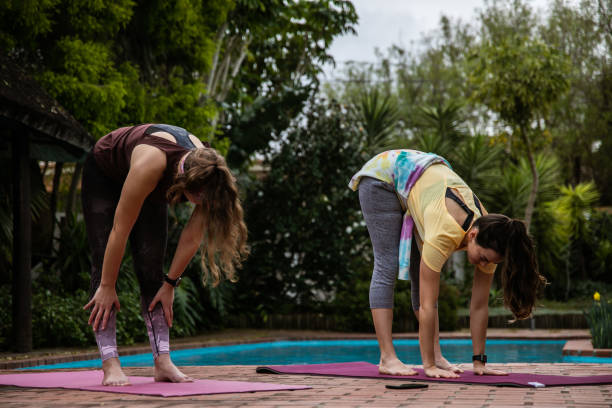
Stress- Relief: Ashtanga is an effective kind of stress relief. Moving, breathing, and being aware all at once lowers stress and encourages mental clarity and tranquilly. A regular practice will enhance your life energy

Growth on the Mental and Spiritual Level: Advantages go beyond the material plane. Practices like as Ashtanga promote mental clarity and calmness. It fosters mental and spiritual development and helps with everyday attention problems. Great for your personal development, your mental state, your life force energy , and enhance your pure consciousness.

Knowing the Distinctions Between Vinyasa classes and Ashtanga Yoga
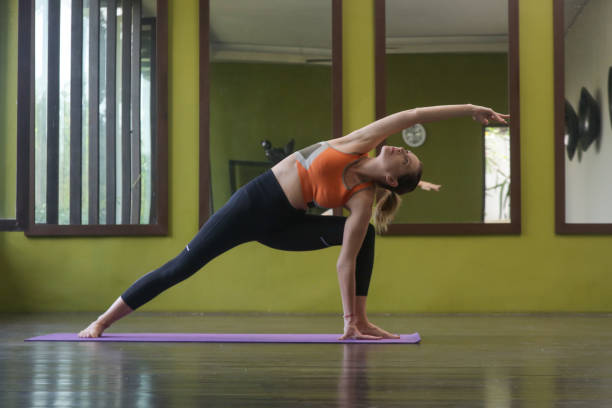

- Structure of Asanas of ashtanga vinyasa yoga. Regular series of Yoga asana
- Ashtanga: Provides for a regimented and predictable practice by adhering to a predetermined order of asanas (poses) in each session. It is a series of poses done in the same way ( primary series, intermediate series secondary series , advanced series ). Ashtanga Yoga practice can be repetitive
- Vinyasa: adopts a more adaptive strategy, letting instructors design their own sequences so that every class is distinct and flexible.
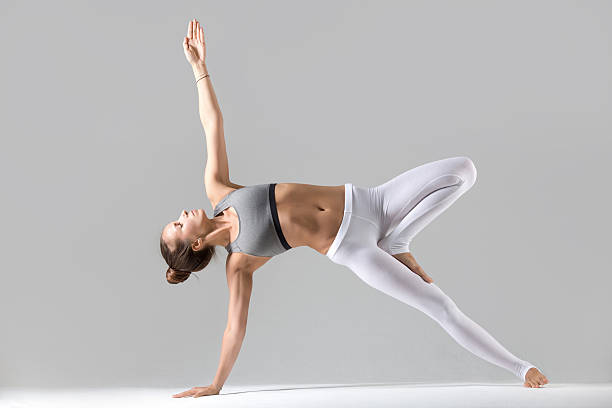
- Class Style and Environment
- Ashtanga: This style of yoga teaching creates a more traditional, ritualistic environment by usually starting and ending with a Sanskrit mantra. The structure of lessons is generally the same.
- Vinyasa: Frequently utilised in yoga studios and gyms, the provides a more contemporary and varied setting. It is possible to combine music and warm rooms to increase the practice’s dynamic quality.
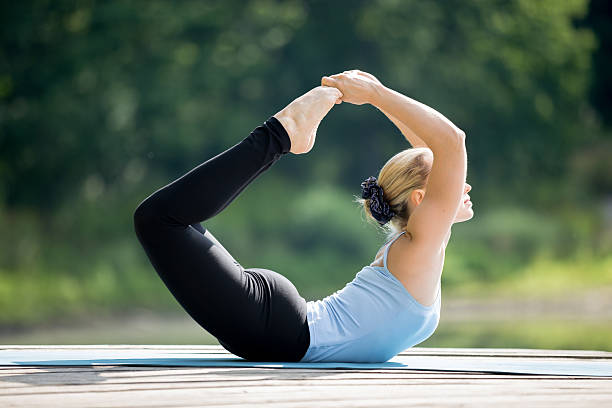
- Routine vs. Improvisation
- Ashtanga: Encourages consistency and discipline in practice by focusing on a predetermined programme that moves through particular postures.
- Vinyasa is appealing to people who value spontaneity and diversity since it emphasises improvisation and gives teachers the freedom to creatively develop sequences.
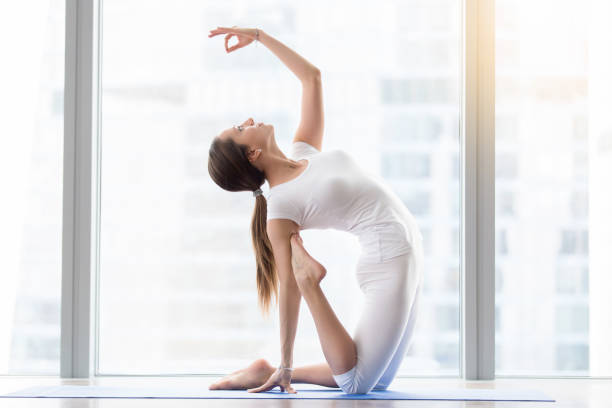
Your Yoga Journey Awaits
In the vast world of yoga, there are numerous choices, but Ashtanga is recognised as an organised system that offers discipline and tradition. Many people support this trip, which begins with Krishnamacharya and ends with his impact over the world. But yoga’s variety is what makes it so beautiful.

The fundamental aspect of both Ashtanga and Vinyasa—an introspective journey—remains the same, regardless of your preference for their rhythmic paths. Remember this when you stretch, breathe, and move on your yoga mat: yoga is about doing what feels good for you.
There is a road to equilibrium, serenity, and a more brilliant self in every stance and every breath.
